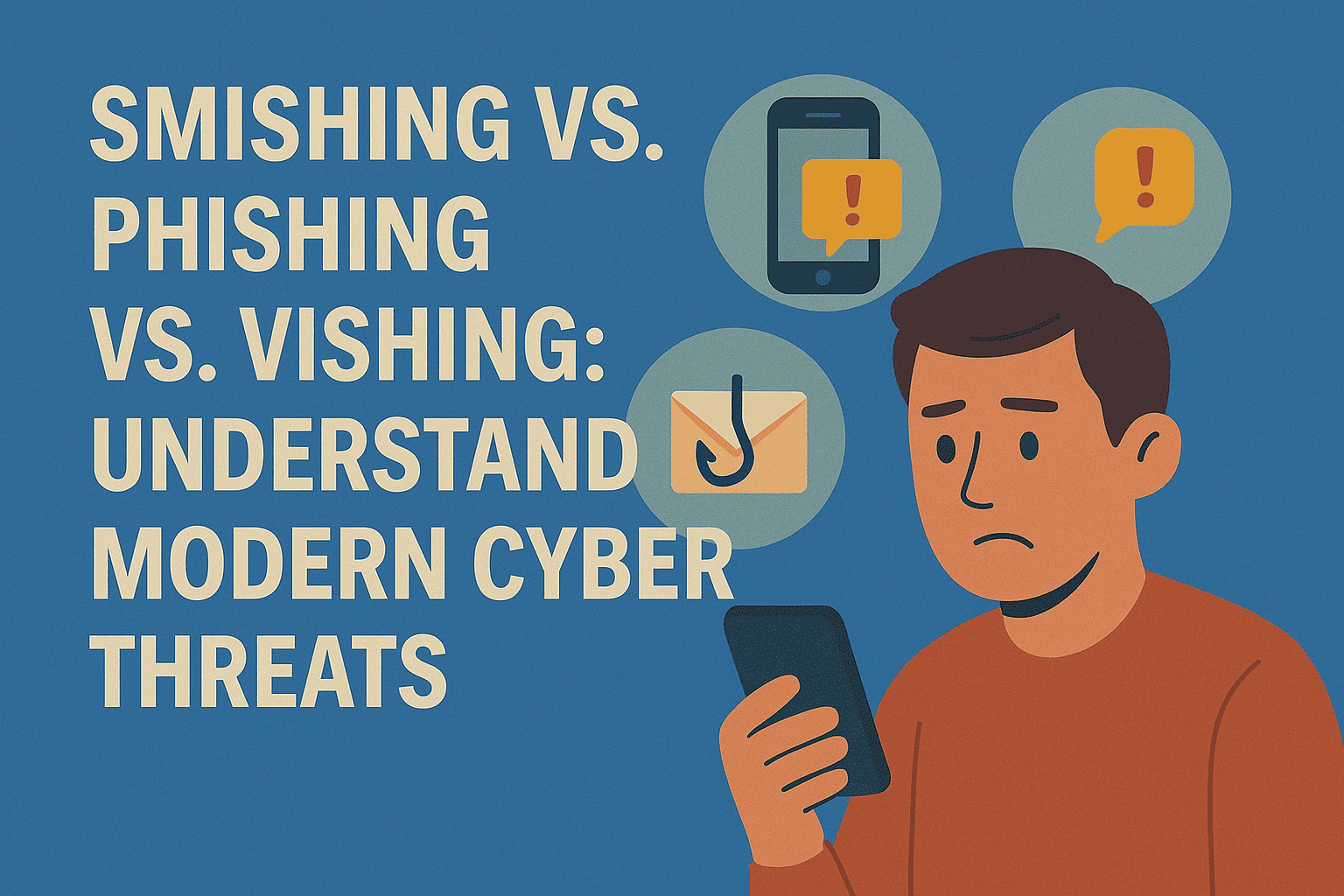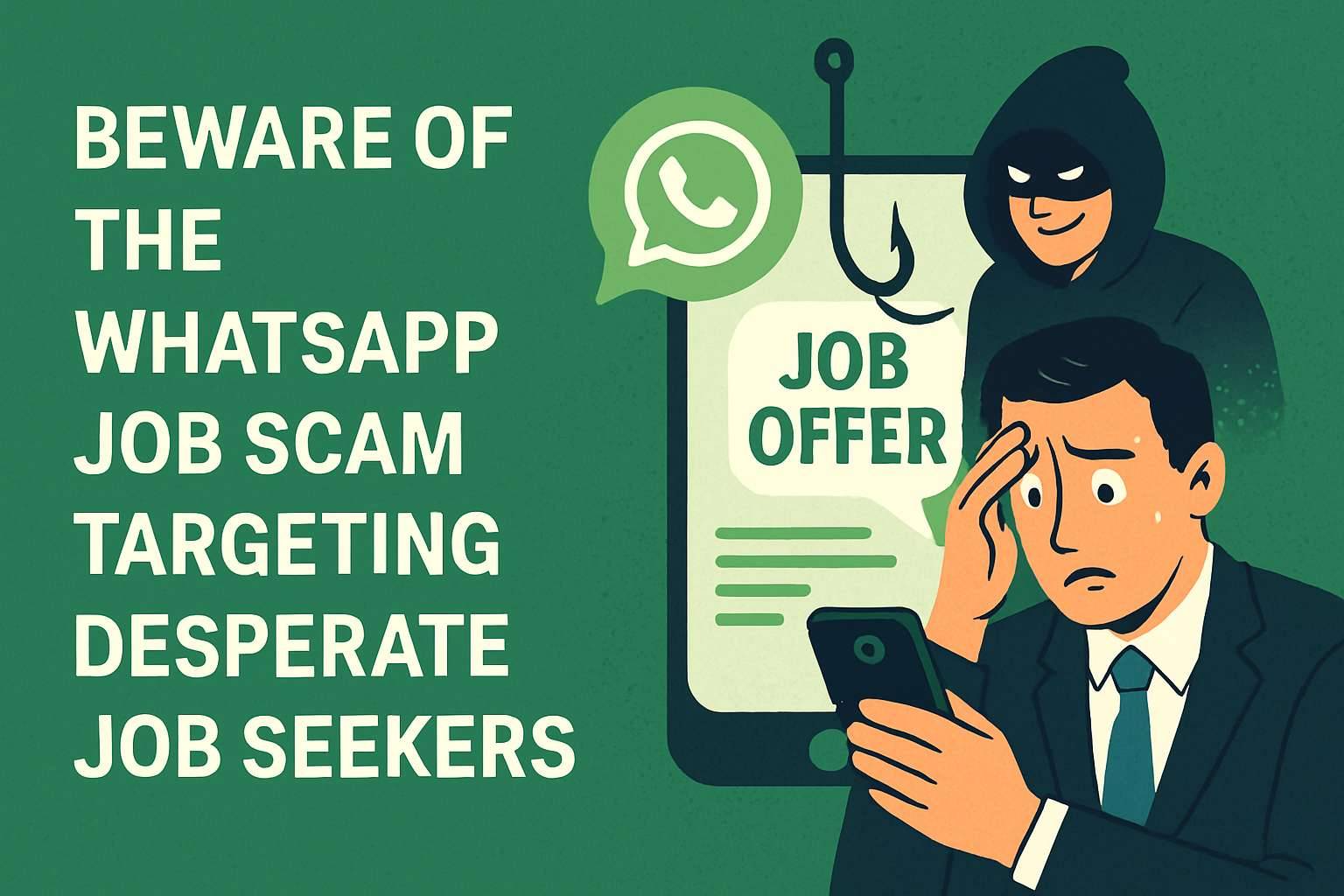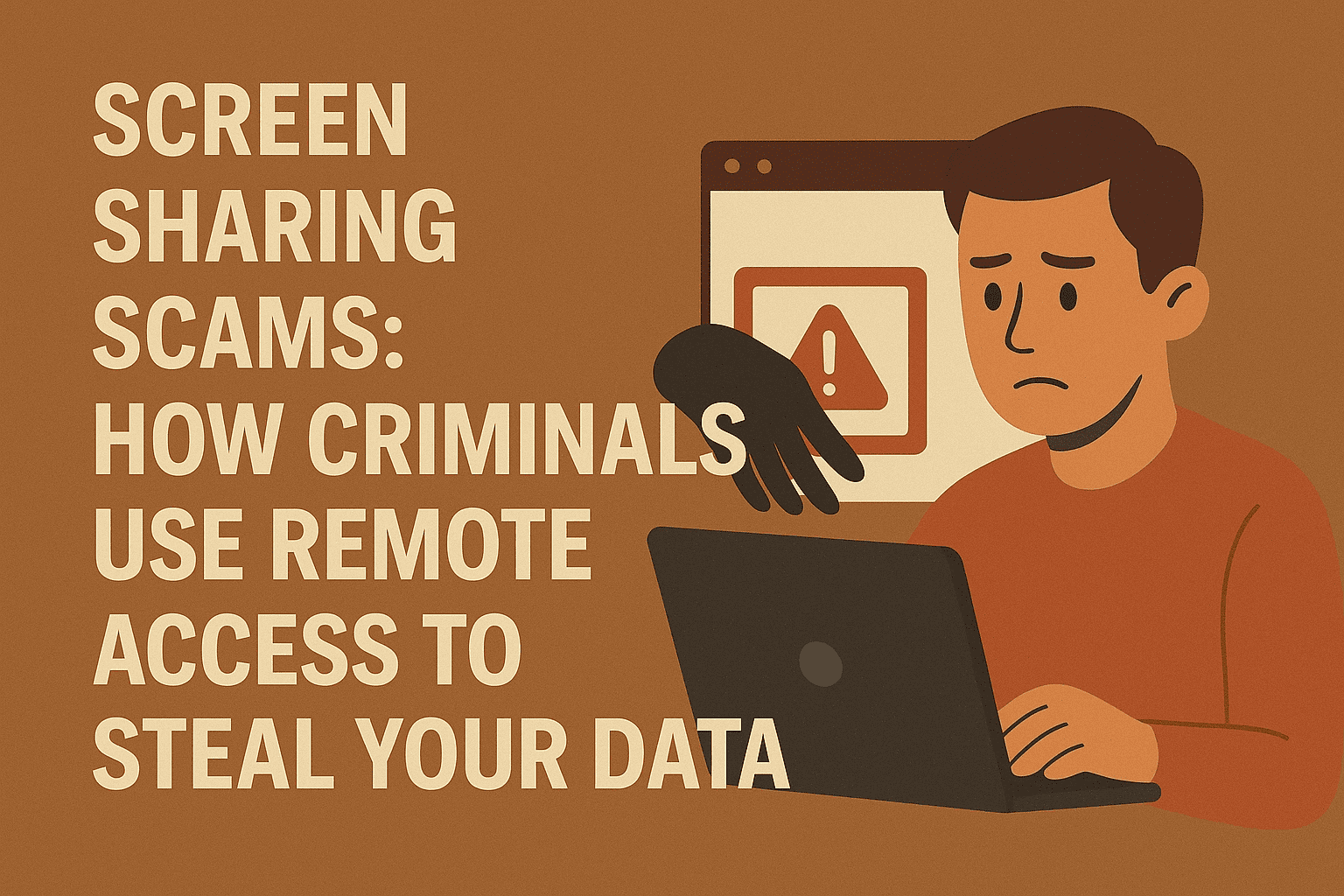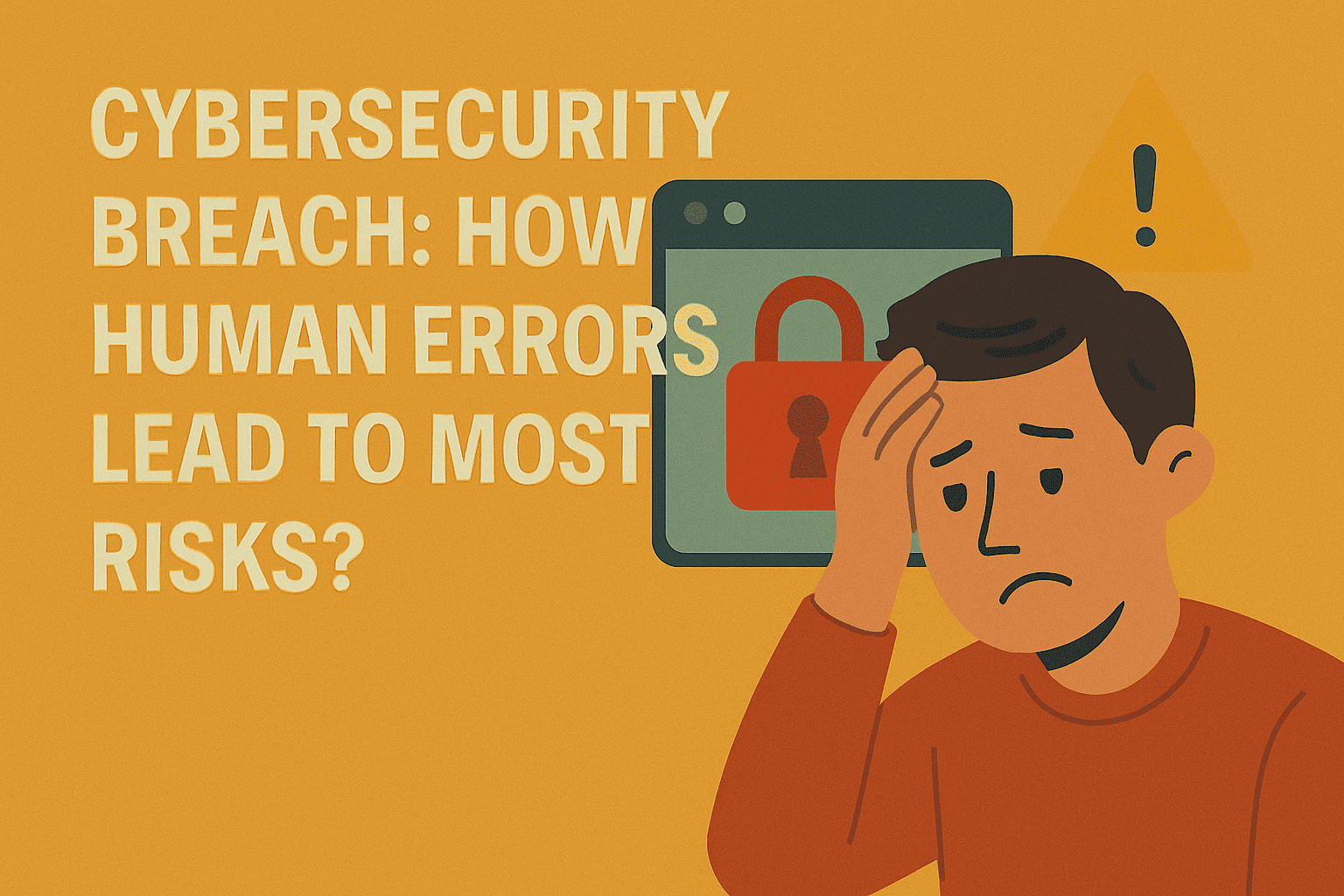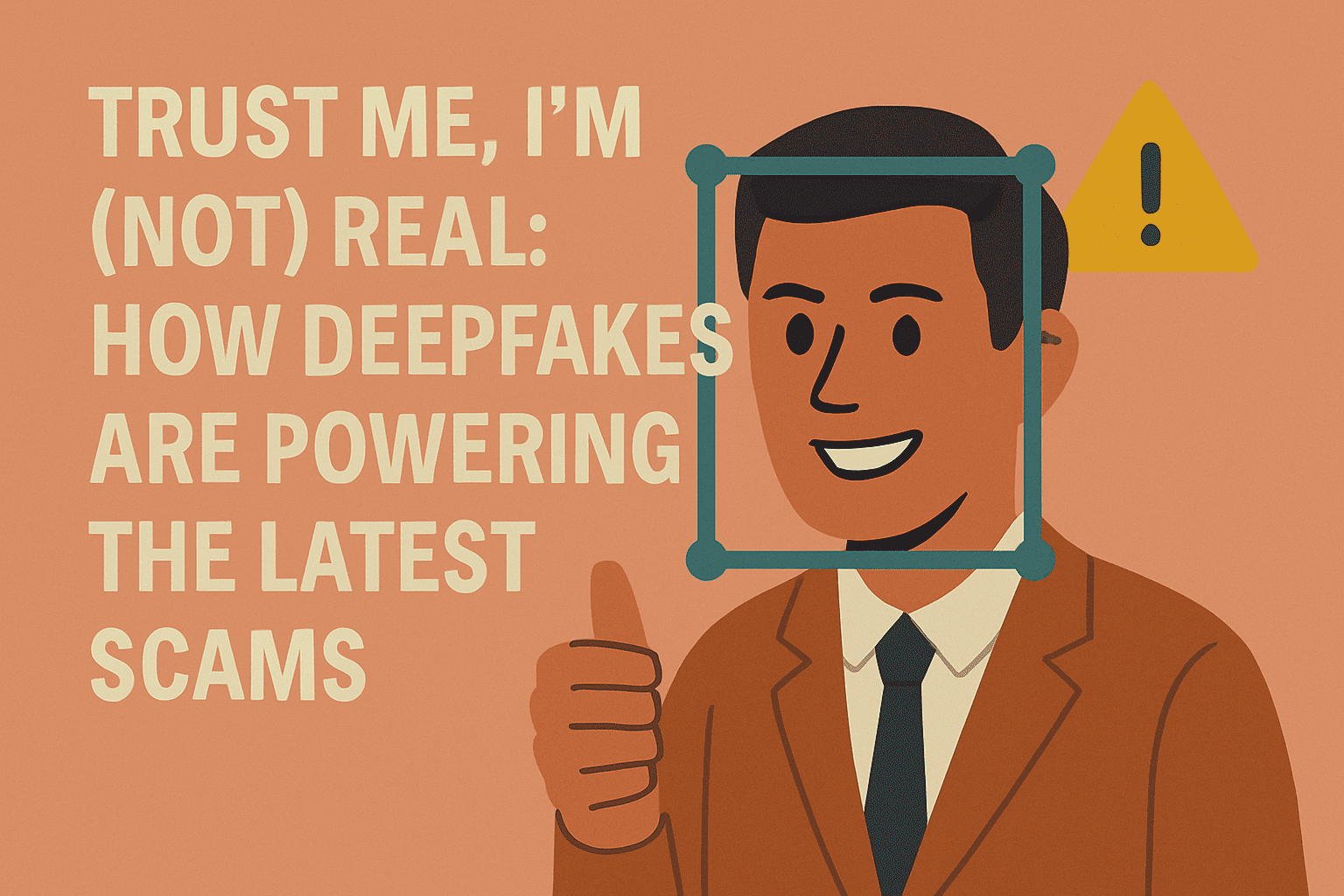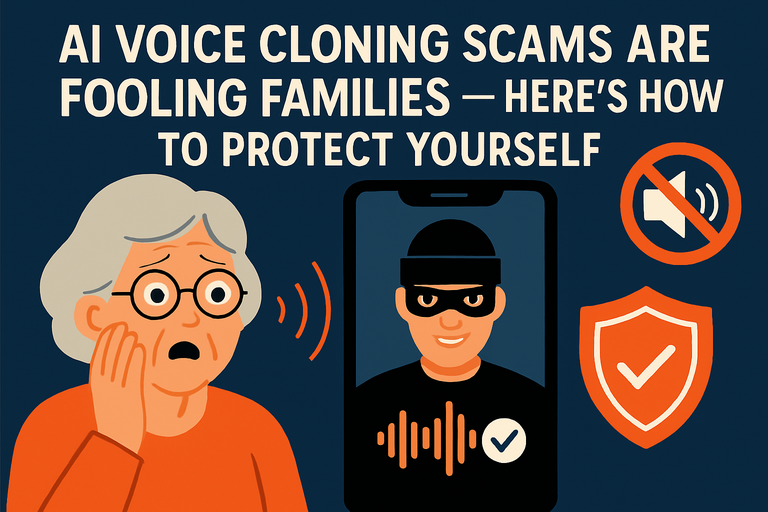Smishing vs. Phishing vs. Vishing: Understanding Modern Cyber Threats
How cybercriminals use text, email, and phone scams — and what you can do to stay safe in 2025.
Cybercriminals are constantly evolving their methods to steal sensitive personal and financial data. In 2025, three of the most dangerous — yet often misunderstood — threats are phishing, smishing, and vishing.
Each of these attacks uses a different channel — email, text message, or phone call — but they share a single goal: to trick you into giving away confidential information.
By understanding exactly how each of these works and the warning signs to watch for, you can drastically reduce your chances of becoming a victim.
What is Phishing? (Email-Based Scam)
Phishing remains one of the most common cyber threats globally. Here, scammers pose as legitimate businesses or trusted individuals in fraudulent emails to target victims.
How Phishing Works:
Attackers send emails designed to look official — banking alerts, delivery notifications, account verification requests, etc.
The email urges immediate action: “Your account will be locked” or “Payment required now.”
Links lead to fake websites that perfectly mimic real ones, prompting you to enter login credentials, credit card numbers, or other sensitive data.
Sometimes, phishing emails also contain malicious attachments that install spyware or ransomware.
Example:
A fake PayPal email tells you your account is suspended. The link takes you to a counterfeit PayPal login page. Once you type your credentials, they’re sent directly to the scammer.
Tips to Avoid Phishing:
Always check the sender’s email address closely — scammers use slight typos of real domains.
Hover over links before clicking to see the true destination.
Never download unexpected email attachments, even from a “known” sender.
Use up‑to‑date antivirus and email spam filters.
What is Smishing? (SMS Phishing)
Smishing — short for SMS phishing — uses text messages or messaging apps like WhatsApp, Telegram, or Signal to trick victims.
Scammers exploit the fact that people read texts almost instantly and often trust them more than emails.
How Smishing Works:
You receive a message claiming to be from your bank, an online store, or a delivery service.
The message contains a shortened link (e.g., bit.ly or tinyurl) or a number to call.
Clicking the link takes you to a fake website where you’re asked for account information.
Some links install malware on your device to steal passwords or credit card data silently.
Example:
“Your bank account has been locked. Please verify your details here: [short URL].” The website looks like your bank’s homepage but is a clone designed for data theft.
Tips to Avoid Smishing:
Never click links from unknown or unexpected texts.
Verify any urgent messages by calling the company directly via their official number.
Install mobile security software to block malicious sites and apps.
Be wary of messages with typos, generic greetings, or strange sender numbers.
What is Vishing? (Voice Phishing)
Vishing combines the personal touch of a phone call with social engineering tricks. Attackers impersonate companies, government agencies, or even your workplace to extract personal or financial details.
How Vishing Works:
Scammers use VoIP technology or spoofed caller IDs to make it look like they’re calling from a legitimate number.
They often create panic or urgency: “Your bank account was compromised” or “You owe unpaid taxes.”
During the call, they persuade you to “confirm” identity details or transfer funds.
Example:
A caller claims to be from your bank’s fraud department, saying there was unusual activity on your account. They ask for your account number or PIN to “verify” your identity.
Tips to Avoid Vishing:
Hang up immediately on unsolicited calls requesting personal data.
Call the official customer service number yourself — never give sensitive details during an incoming call.
Use call blocking features and report suspicious numbers.
Smishing vs. Phishing vs. Vishing — Quick Comparison Table
|
Method |
Channel |
Common Bait |
Risk Level |
Prevention Tip |
|
Phishing |
Email |
Fake login pages, urgent notices |
High |
Verify senders & links |
|
Smishing |
SMS/Messaging |
Shortened malicious links |
High |
Avoid unknown message links |
|
Vishing |
Phone/Voicemail |
Spoofed calls, impersonations |
High |
Never share info on incoming calls |
Advanced Safety Tips for 2025
Enable Multi-Factor Authentication (MFA): Even if scammers get your password, MFA stops most unauthorized logins.
Use a Password Manager: Strong, unique passwords for every account mean one breach won’t compromise all accounts.
Educate Yourself & Others: Share scam alerts with family and co‑workers.
Check URLs Carefully: Look for HTTPS and correct spelling before entering data.
Keep Software Updated: Security updates close vulnerabilities exploited by scammers.
Conclusion
Phishing, smishing, and vishing are different roads leading to the same goal: stealing your information. In this era of highly convincing scams — many powered by AI — vigilance is your best defense.
Be cautious with every email, text, or call you didn’t expect. Confirm requests directly with the organization before sharing any details.
Stay informed, stay alert, and protect your digital life — SpamRoko.com

